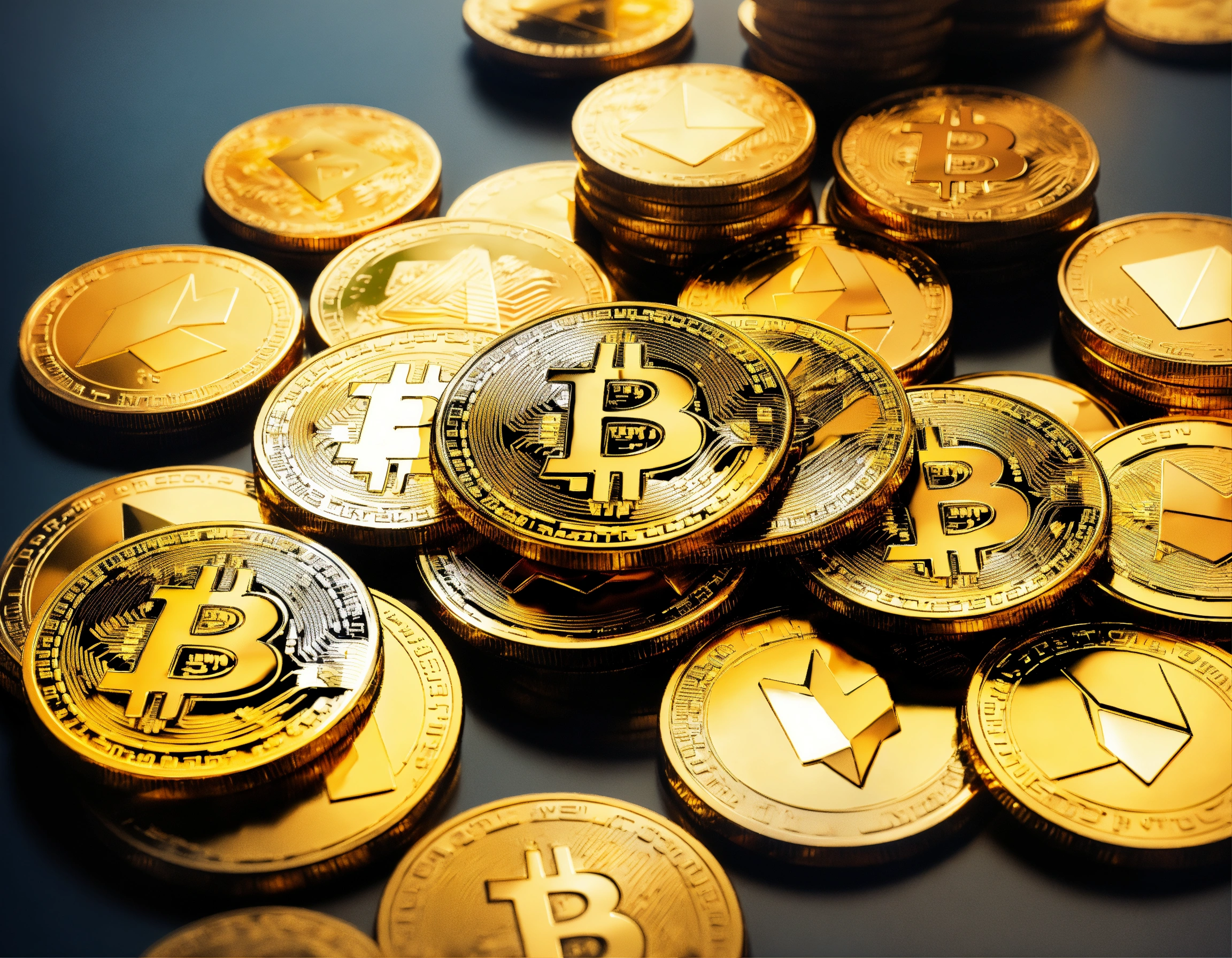The intersection of technology and art has given rise to a revolutionary movement known as crypto art. This fusion of digital creativity and blockchain technology has transformed how art is created, distributed, and appreciated, offering unprecedented opportunities for artists and collectors alike.
Crypto art is essentially digital artwork authenticated and traded using blockchain technology. Blockchain, the underlying technology behind cryptocurrencies like Bitcoin, ensures the uniqueness and ownership of each piece of digital art through a system of cryptographic validation. This means that digital art, which could previously be easily replicated, now has a means of establishing verifiable scarcity and provenance.
One of the most significant impacts of crypto art is its democratization of the art world. Traditional art markets often pose barriers to entry, including high costs and gatekeeping by galleries and curators. In contrast, crypto art platforms like OpenSea, Rarible, and SuperRare allow artists to directly reach global audiences without intermediaries. This accessibility empowers emerging artists to showcase their work, gain recognition, and earn income in ways that were previously unimaginable.
For artists, the appeal of crypto art lies in its potential for greater creative freedom and financial reward. By minting their work as non-fungible tokens (NFTs) on the blockchain, artists can set terms for their creations, including royalties on secondary sales. This ensures that artists continue to benefit from the increasing value of their work, fostering a sustainable ecosystem where creators are fairly compensated.
Collectors, too, are drawn to crypto art for its unique investment opportunities. Owning an NFT means possessing a verifiable, one-of-a-kind digital asset that can appreciate in value. Unlike traditional art, which requires physical storage and maintenance, digital art can be easily stored and transferred, making it an attractive option for modern collectors.
The rise of crypto art has also led to new forms of artistic expression. Artists are exploring the possibilities of digital media, creating immersive experiences, interactive pieces, and generative art that evolves over time. This dynamic approach pushes the boundaries of creativity and redefines what art can be in the digital age.
However, the crypto art movement is not without its challenges. The environmental impact of blockchain technology, particularly proof-of-work systems like Ethereum, has raised concerns about energy consumption. Artists and platforms are increasingly exploring more sustainable solutions, such as proof-of-stake systems and carbon offset initiatives, to mitigate these effects.
Moreover, the speculative nature of the crypto market can lead to volatility in the value of digital art. While some collectors see significant returns on their investments, others may experience losses. This speculative aspect necessitates a cautious approach for both artists and collectors, emphasizing the importance of understanding the market dynamics.
In conclusion, the rise of crypto art at the intersection of technology and art represents a paradigm shift in the creative industry. By leveraging blockchain technology, artists gain new avenues for expression and compensation, while collectors access unique digital assets with verifiable ownership. As the crypto art movement continues to evolve, it promises to redefine the future of art in the digital age, fostering innovation, accessibility, and sustainability in the creative ecosystem.








0 Comments